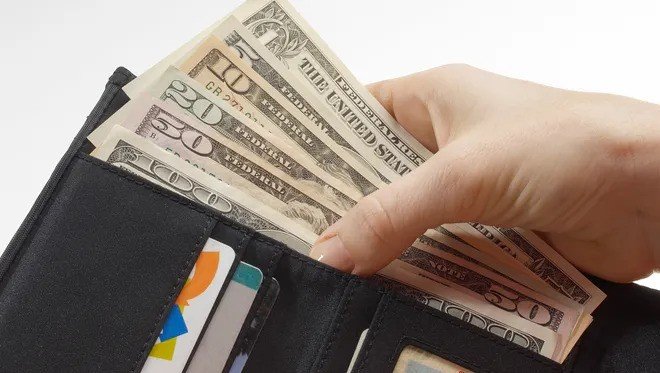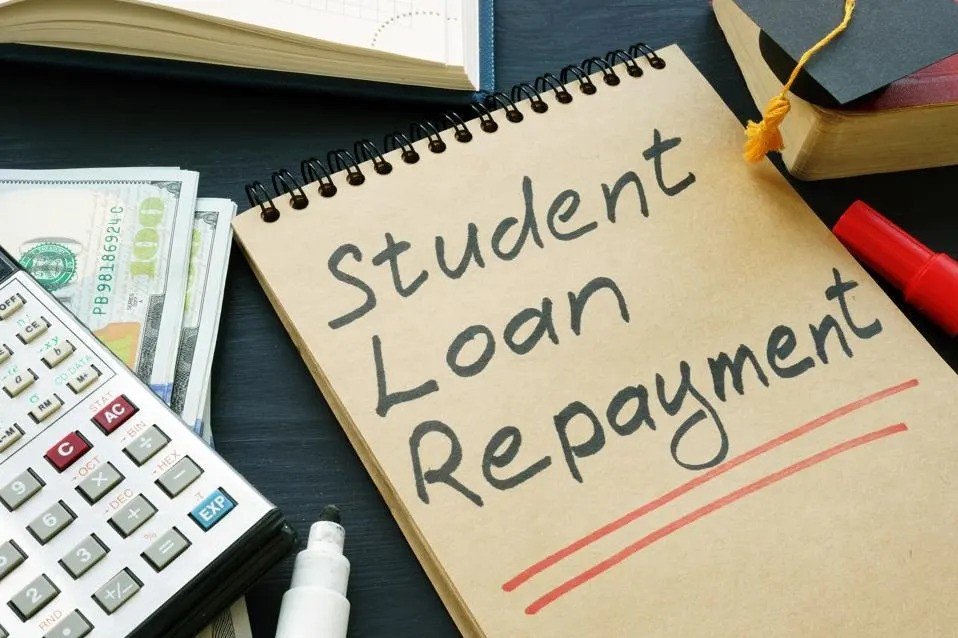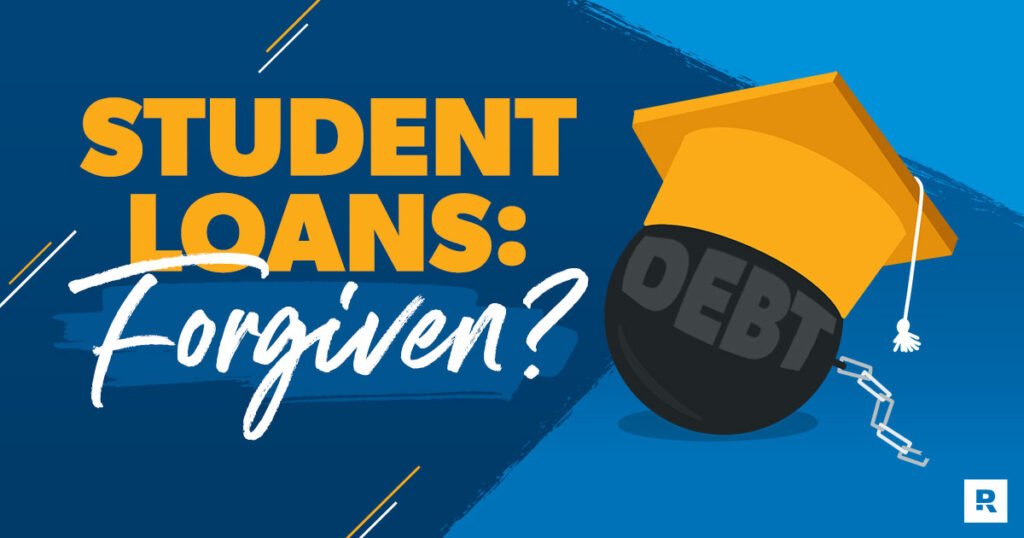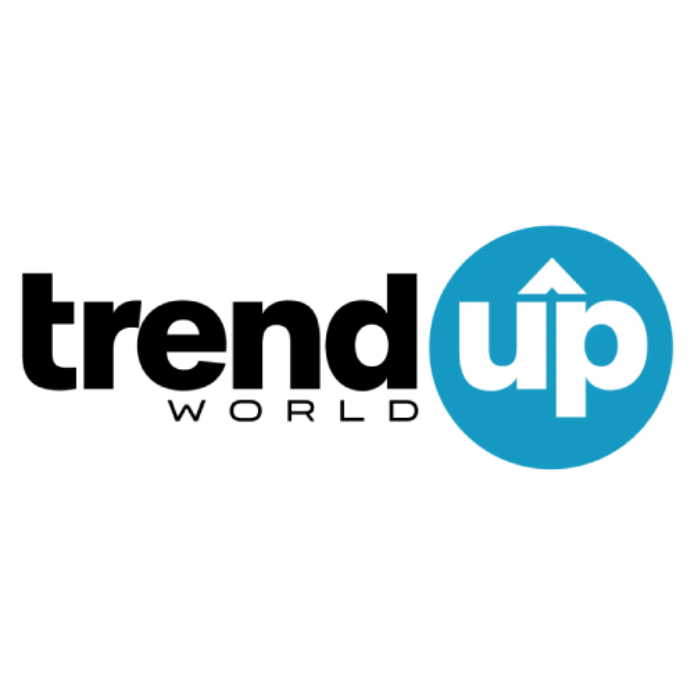
How to Navigate Student Loan Repayment in 2024
Student loan payments have restarted, but millions of Americans still haven’t paid. Here’s how to navigate student loan repayment so you can get your finances back on track.
The first step is to gather information about your student loan debt so you can assess your unique situation.
After three years of COVID-19 forbearance expired in October 2023, transitioning millions of Americans back into student loan repayment has been a logistical nightmare.
More than 14 million borrowers had their loans transferred to a new servicer during the pandemic payment pause, according to the Consumer Financial Protection Bureau. Over four million borrowers were tasked with making payments for the very first time, per data from the Department of Education. All told, only about 60% of borrowers made federal student loan payments by mid-November, the Department says.
“While most borrowers have already made their first payment, others will need more time,” writes U.S. Undersecretary of Education James Kvaal, in a recent blog post. “Some are confused or overwhelmed about their options.”
In a temporary measure, borrowers who don’t make payments won’t have their loans automatically put into forbearance. But when that on-ramp to repayment program expires on Sept. 30, 2024, missing student loan payments can result in delinquency, and eventually, default.
If you’re among the 40% of borrowers who haven’t made payments on their student loans since forbearance expired, you have options. Here’s how to navigate student loan repayment:
- Gather information about your student loan debt.
- Compare student loan repayment plans.
- Enroll in student loan forbearance or deferment.
- See if you qualify for student loan forgiveness.
- Consolidate or refinance your student loans.
Gather Information About Your Student Loan Debt

Entering student loan repayment will look different for everyone, so the first step is to assess your unique situation. Visit your student loan servicer‘s website to view all the details of your federal student loan debt: how much you owe in total, your monthly payment amount, your payment due date, a record of previous payments, disbursement dates, your loan’s interest rates and more.
Keep in mind that millions of borrowers had their student loans transferred to a new servicer during the pandemic – myself included. My federal student loan debt was transferred from FedLoan Servicing to Aidvantage in December 2021.
If that’s the case for you, you should have received a series of emails and letters before and after the transfer. If you haven’t seen any activity by now, however, there’s a chance that the email is buried far down in your inbox or your servicer doesn’t have your correct contact information. You can find your servicer by logging into your account dashboard on the Federal Student Aid website or by calling the Federal Student Aid Information Center at 800-433-3243.
Here’s a list of loan servicers with their contact information.
- AidVantage: 800-722-1300.
- Default Resolution Group: 800-621-3115.
- ECSI: 866-313-3797.
- Edfinancial: 855-337-6884.
- MOHELA: 888-866-4352.
- Nelnet: 888-486-4722.
Also, don’t forget about your private student loans if you have them. You should be able to find the same information about your loans by getting in touch with the private lender that originated your loans. If you can’t remember who that is and/or you can’t find any emails or login information, you can pull a free copy of your credit report on www.AnnualCreditReport.com to find out who holds your private student loan debt.
Read: Best Student Loan Refinance Lenders.
Compare Student Loan Repayment Plans

There are two main types of federal student loan repayment plans: fixed repayment plans and income-driven repayment (IDR) plans. With a fixed repayment plan, your payments stay the same (or gradually increase) until the loan is repaid. On the other hand, an income-driven repayment plan caps your monthly student loan payment based on your income and family size.
Income-driven repayment comes with an added benefit: After making monthly payments for a period of 20 or 25 years, your remaining student loan balance is discharged. As of November 2023, nearly $44 billion worth of student loan debt has been forgiven through IDR plans under the Biden administration. Additionally, enrolling in an IDR plan is required for borrowers seeking Public Service Loan Forgiveness, or PSLF.
Borrowers are automatically enrolled in the standard 10-year fixed repayment plan when they leave school, unless they choose otherwise. But if this payment plan isn’t working for your financial situation, you can switch to another. You can use FSA’s loan simulator tool to determine which of the plans below is right for your needs.
Fixed Repayment Plans
In addition to the standard repayment plan, there are two other kinds of fixed repayment plans: graduated and extended. With the graduated repayment plan, monthly payments are lower at first and then increase over time, usually every two years, but are still repaid within a 10-year period (or up to 30 years for direct consolidation loans). All borrowers are eligible for this repayment plan.
The extended repayment plan allows borrowers with high levels of debt ($30,000 or greater) to repay their student loans under a longer period of time, up to 25 years. This essentially allows borrowers to lower their monthly payments, but it also means borrowers will pay more over time since interest is repaid over an extended period.
Personal Loan Calculator: Estimate Monthly Student Loan Payments
Income-Driven Repayment Plans
Under an income-driven repayment plan, your monthly payments are capped at a set percentage of your discretionary income, which is the difference between your adjusted gross income and the poverty guideline for your family size. The Education Department offers four different income-driven repayment plans:
Saving on a Valuable Education Plan. The new SAVE Plan replaces the older REPAYE Plan and is available to most student borrowers, though some may need to consolidate their federal student loans in order to qualify. SAVE has lower monthly payments since “discretionary income” is considered the difference between your AGI and 225% of the poverty guideline for your family size (rather than 150% of the poverty guideline for other IDR plans). Plus, the SAVE Plan eliminates 100% of the remaining monthly interest after you make a monthly payment. In other words, your loan balance won’t grow due to unpaid interest as long as you make payments.
· Payment Cap: 10% of discretionary income.
· Repayment Period: 20 years for undergraduate loans; 25 years for borrowers with graduate or professional loans.
Pay As You Earn Plan. PAYE is an income-driven repayment plan for new borrowers who received their first federal student loan after Oct. 1, 2007 and borrowed another loan (or consolidated their previous loans) after Oct. 1, 2011. In other words, it’s not available to borrowers who had outstanding student loan debt as of October 2007, or those who took out loans before October 2011. Under PAYE, your payments can’t exceed what you’d pay under the 10-year standard repayment plan.
· Payment Cap: 10% of discretionary income.
· Repayment Period: 20 years.
Income-Based Repayment Plan. All student borrowers are eligible for the IBR plan, with the exception of Parent Direct PLUS Loan borrowers. IBR is the only program that allows Stafford Loan borrowers (who received loans under the Federal Family Education Loan program) to enroll without consolidating into a direct loan first. Payments won’t exceed what you’d pay under the standard 10-year repayment plan.
· Payment Cap: 10% for loans borrowed after July 1, 2014; 15% for loans borrowed before July 1, 2014.
· Repayment Period: 20 years for loans borrowed after July 1, 2014; 25 years for loans borrowed before July 1, 2014.
Income-Contingent Repayment Plan. All borrowers are eligible for the ICR plan, making it the only income-driven repayment plan available to parents who borrowed PLUS loans to help their kids pay for college. To qualify, Parent Direct PLUS Loan borrowers must first consolidate into a direct consolidation loan. FFEL loans are also eligible for ICR once they’re consolidated.
· Payment Cap: 20% of discretionary income, or the payment on a 12-year fixed repayment plan, whichever is less.
· Repayment Period: 25 years.
Enroll in Student Loan Forbearance or Deferment

For borrowers who are struggling to enter repayment, looking into a modified repayment plan like the IDR options mentioned above is a good first choice. Under an IDR plan, a borrower’s monthly payments can be as low as $0.
But if you still can’t pay your loans after enrolling in income-driven repayment, don’t just ignore them. According to a December U.S. News survey, 55% of student loan borrowers who aren’t making payments enrolled in deferment or forbearance – but 45% said, “I just haven’t paid.” Once that temporary on-ramp program expires in October 2024, the consequences of nonpayment can be severe.
If you have federal student loans, you can apply for certain types of forbearance and deferment online through your loan servicer’s website. You can also reach out to your servicer with an economic hardship request by mail, email or phone. It’s important to note that interest may accrue on your student loans during periods of forbearance and deferment, making your debt more expensive to repay over time. And if you’re pursuing student loan forgiveness like PSLF, periods of deferment or forbearance won’t count toward your required payments.
If you have private student loans, hardship programs vary based on the lender, so you’ll need to reach out to them directly to learn more about your options. Some lenders offer up to 24 months in forbearance, while others offer far less. Private student loans aren’t eligible for federal hardship programs.
Read: 15 Companies That Help Pay Off Student Loans
See If You Qualify for Student Loan Forgiveness

Amid the resumption of payments, many borrowers had been holding out for President Biden’s proposed blanket student loan forgiveness measure, which would have cancelled up to $20,000 worth of debt for borrowers who met the income criteria. That initiative was struck down by the Supreme Court in June 2023, although the Biden administration is considering alternative pathways to deliver one-time student loan relief to borrowers.
In the meantime, there are several student loan forgiveness programs for which you may qualify. Since President Biden took office in 2022, the Education Department has canceled around $132 billion worth of student loan debt for 3.6 million borrowers under income-driven repayment plans and the following programs:
- Public Service Loan Forgiveness. The PSLF program offers student loan relief for government and nonprofit employees who work for qualifying employers in health care, education, law enforcement, military service and other professions. Eligible public servants may have the remaining balance of their student loan debt discharged after making 120 qualifying monthly payments. You can use the PSLF Help Tool to see if you can benefit from this program.
- Borrower defense and closed school discharge. Federal student loan borrowers who were enrolled in a school that engaged in misconduct may be eligible for a borrower defense loan discharge. To qualify, you’ll have to demonstrate that the school misled you and that you’ve suffered to a degree that warrants the full discharge of your federal student loans. Additionally, you may qualify for forgiveness if your school closed while you were enrolled or shortly thereafter. You can learn more and apply on the Federal Student Aid website.
- Total and permanent disability discharge. Borrowers who have become totally and permanently disabled may qualify to have their federal student loan debt discharged. The Education Department works with the Department of Veterans Affairs and the Social Security Administration to automatically identify borrowers who qualify for a TPD discharge. If you believe you qualify but your debt hasn’t been discharged, you can apply for a TPD discharge with a medical professional’s certification.
Consolidate or Refinance Your Student Loans

For borrowers with multiple federal student loans – especially those under different loan servicers – managing repayment can be a headache. Federal student loan consolidation lets you combine all of your loans into a single loan with one streamlined monthly payment. You can apply for consolidation by logging into your account on the FSA website – no fee or credit check is required.
When you consolidate, your interest rate is calculated as the weighted average across your loans. But while you can’t do much to change your rate, you can choose a different repayment length: shorter if you want to save money over the life of the loan, or longer if you want to lower your monthly payments.
Keep in mind that opting for a longer repayment term can make your debt more expensive to repay over time. Plus, if you’ve been working toward student loan forgiveness via IDR or PSLF, consolidating could reset the clock on your qualifying payments.
Importantly, private student loans aren’t eligible to be consolidated into a federal student loan. However, you can refinance your private student loans through a new lender if you want different repayment terms. Private student loan interest rates vary depending on your creditworthiness, so you may need to work on improving your credit score and debt-to-income ratio before applying. Or, you could enlist the help of a creditworthy co-signer like a trusted friend or relative (just remember that they’ll share equal responsibility for repaying the loan).
Student loan refinancing may help you lock in a lower interest rate or monthly payment, but tread carefully: Refinancing your federal student loans through a private lender means you’ll lose eligibility for federal benefits like income-driven repayment, administrative forbearance and student loan forgiveness programs like PSLF. And refinancing to a longer repayment term, even at a lower rate, can make your debt more expensive to repay over time.If you have both federal and private student loans, it’s smarter to consolidate and refinance them separately.






